
AeroGenie — あなたのインテリジェントな副操縦士。
現在のトレンド
Categories
New Single-Aisle Aircraft Represents a Leap in Aviation Innovation
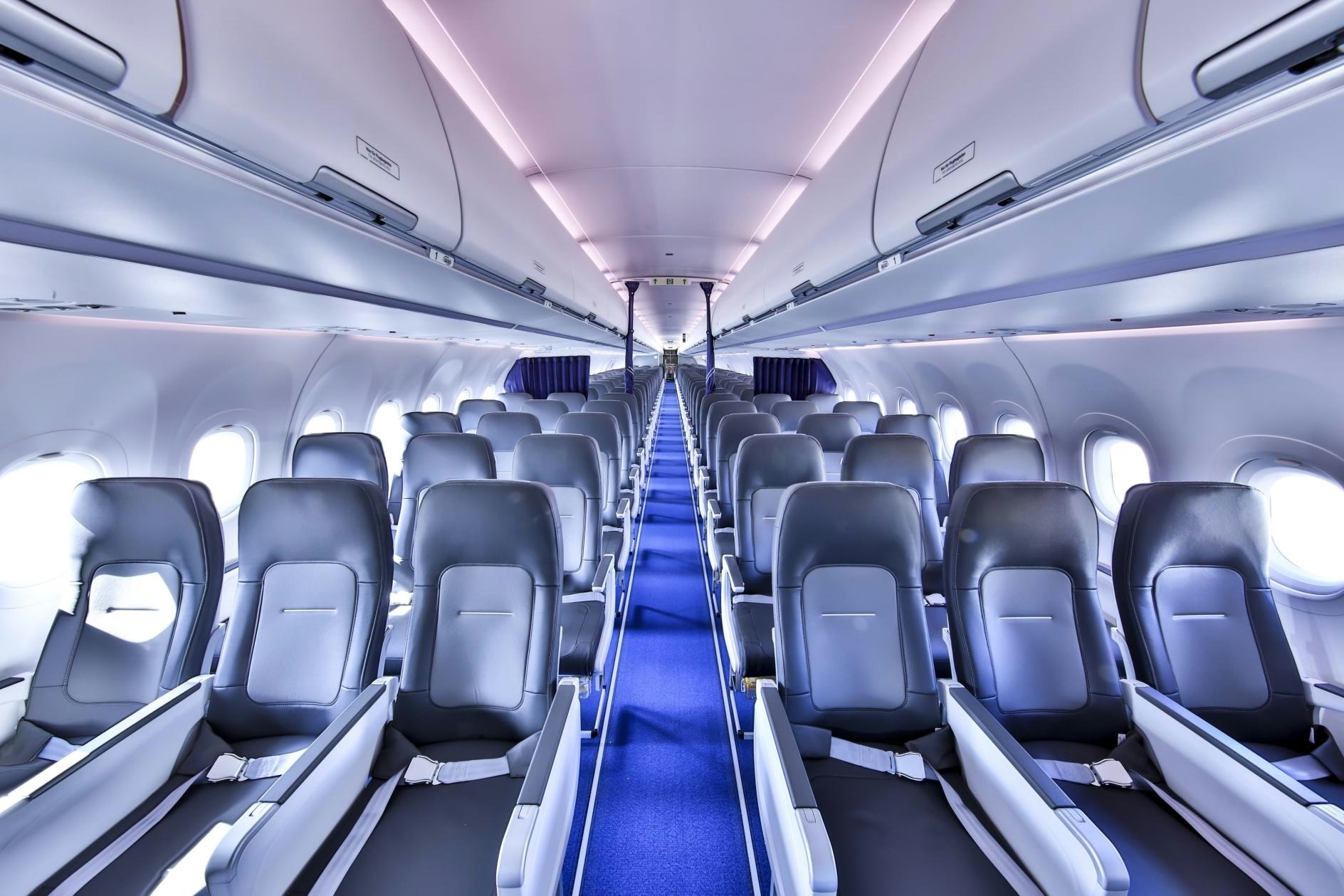
New Single-Aisle Aircraft Represents a Leap in Aviation Innovation
A Ground-Up Approach to Efficiency and Performance
Many contemporary commercial aircraft are based on designs that date back more than forty years, periodically updated with modern engines and avionics. However, the Airbus A220 distinguishes itself as a clean-sheet, single-aisle jet developed entirely from the ground up to establish new standards in efficiency and operational performance. Jean-François Parent, Airbus A220 Chief Engineer, emphasizes that the project began with a blank slate, aiming to create the most efficient small single-aisle aircraft available. The A220 family, comprising the A220-100 and A220-300 variants, targets the 100- to 160-seat market segment—a niche where many legacy aircraft have struggled to meet evolving demands.
Innovative Design and Advanced Materials
Central to the A220’s design philosophy is aerodynamic optimization. The aircraft features a newly contoured nose and tailcone that reduce drag, complemented by the smallest wetted area in its class, minimizing the surface exposed to airflow. These aerodynamic refinements contribute directly to lower fuel consumption and reduced emissions, addressing both economic and environmental concerns.
A key innovation lies in the extensive use of advanced composite materials. Unlike traditional aircraft that rely predominantly on titanium, steel, and aluminum, the A220 integrates carbon fiber and advanced polymers in critical structures such as the wing, center wingbox, empennage, rear fuselage, and horizontal stabilizer. These materials offer significant advantages in weight reduction and resistance to corrosion and fatigue, resulting in a wing that is approximately 10% lighter than conventional all-aluminum designs.
The cockpit design reflects a modern, pilot-centric approach, featuring large digital displays, fewer manual controls, and intuitive sidestick controllers enabled by Airbus’ fly-by-wire technology. This configuration allows pilots to operate both A220 variants under a single type rating, simplifying training requirements and operational flexibility.
Market Challenges and Industry Response
Despite its technological advancements, the A220 faces considerable challenges. Developing a new aircraft from scratch entails significantly higher costs compared to incremental updates of existing models, necessitating substantial investment in high-rate manufacturing capabilities. Industry analysts, including those at Aviation Week, have observed mixed market reactions, with some skepticism regarding the commercial viability of next-generation single-aisle jets.
In response, Airbus is reportedly developing a roadmap for future derivatives of the A220 to sustain its competitive position. Meanwhile, Boeing’s participation in NASA’s Artemis program has enhanced its market profile and stock performance, potentially influencing its strategic approach to the single-aisle aircraft segment.
Ongoing Development and Industry Impact
Although the A220 incorporates state-of-the-art features, its clean-sheet design will require continuous refinement to uphold its leadership in safety and performance. As the aviation sector evolves amid increasing competition and technological progress, the A220 exemplifies a bold commitment to innovation, balancing advanced engineering with the practical realities of a dynamic and challenging market environment.
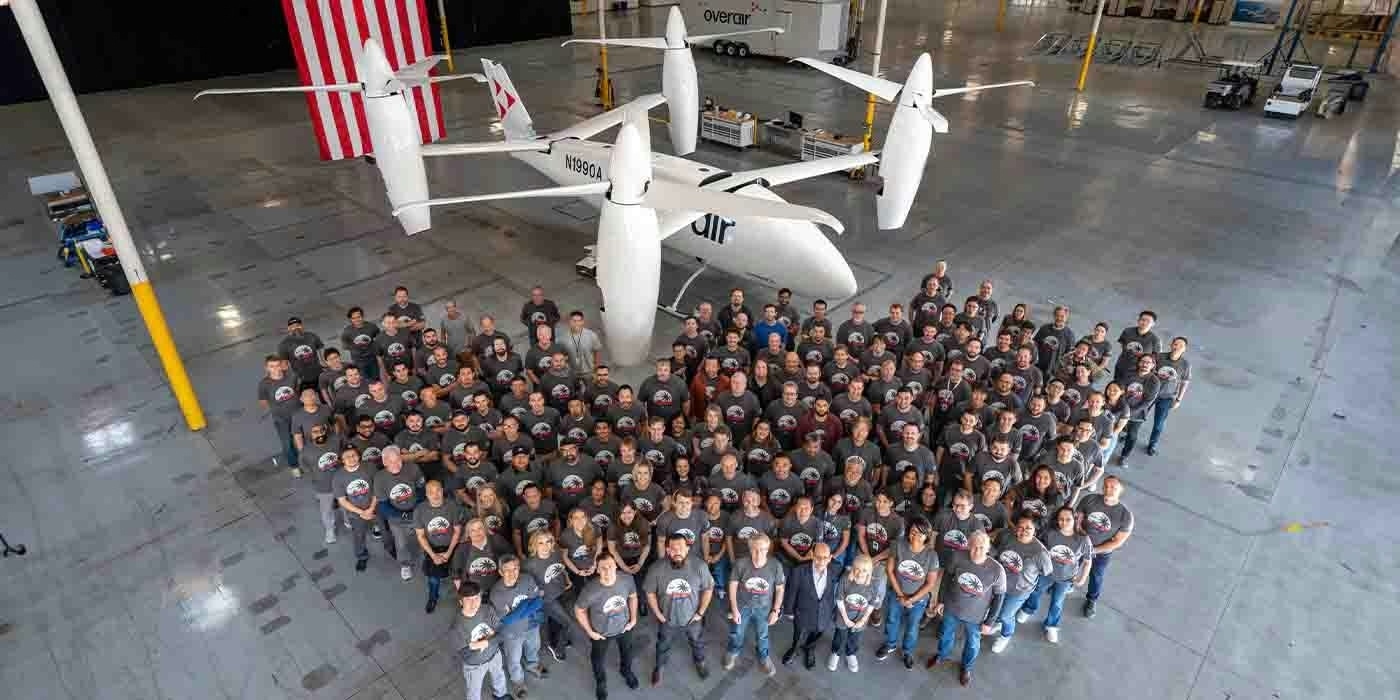
Unique mixed-propulsion eVTOL completes transition flight testing
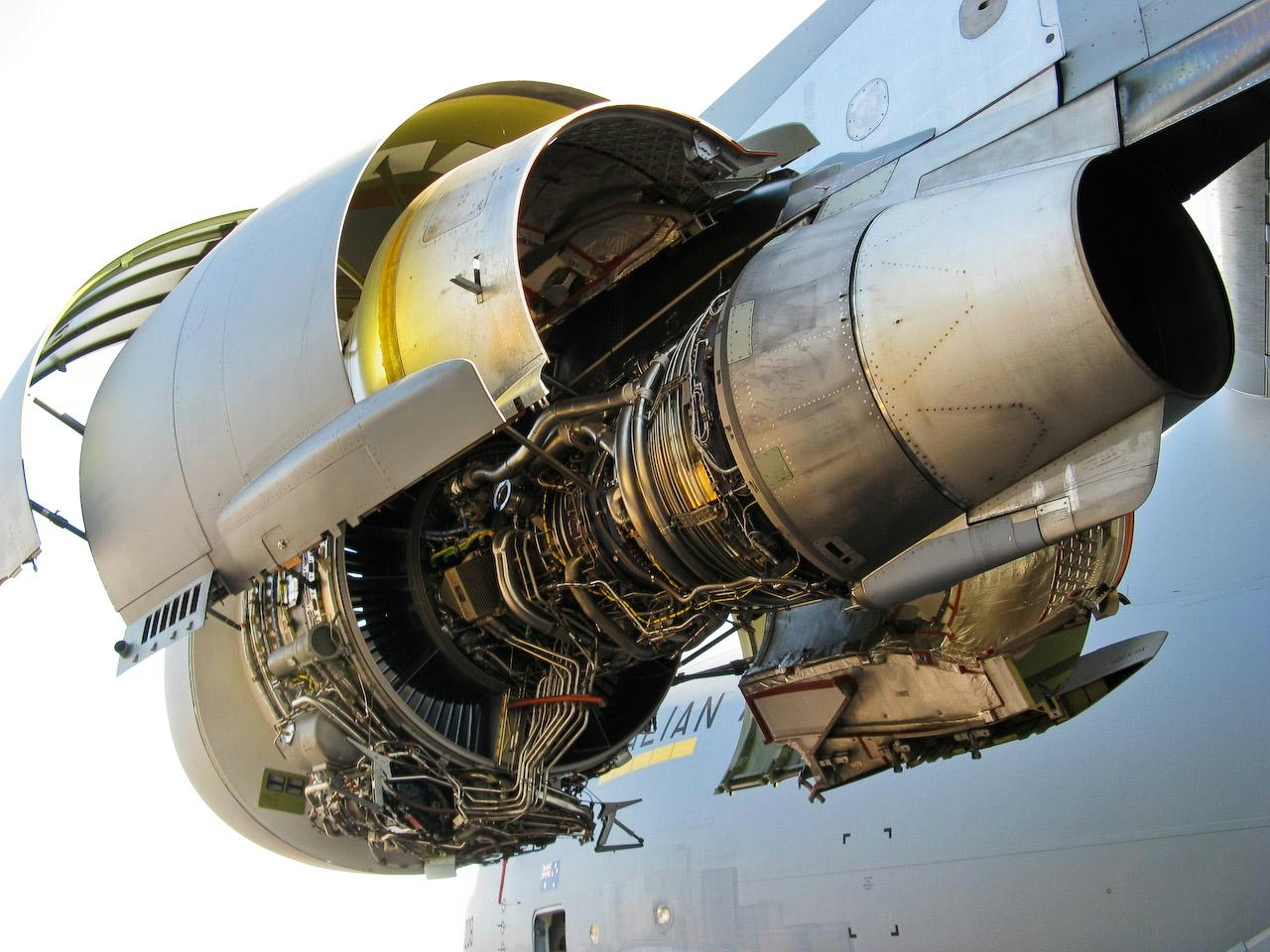
Are C-17 Globemaster Engines Derived from Boeing 757?
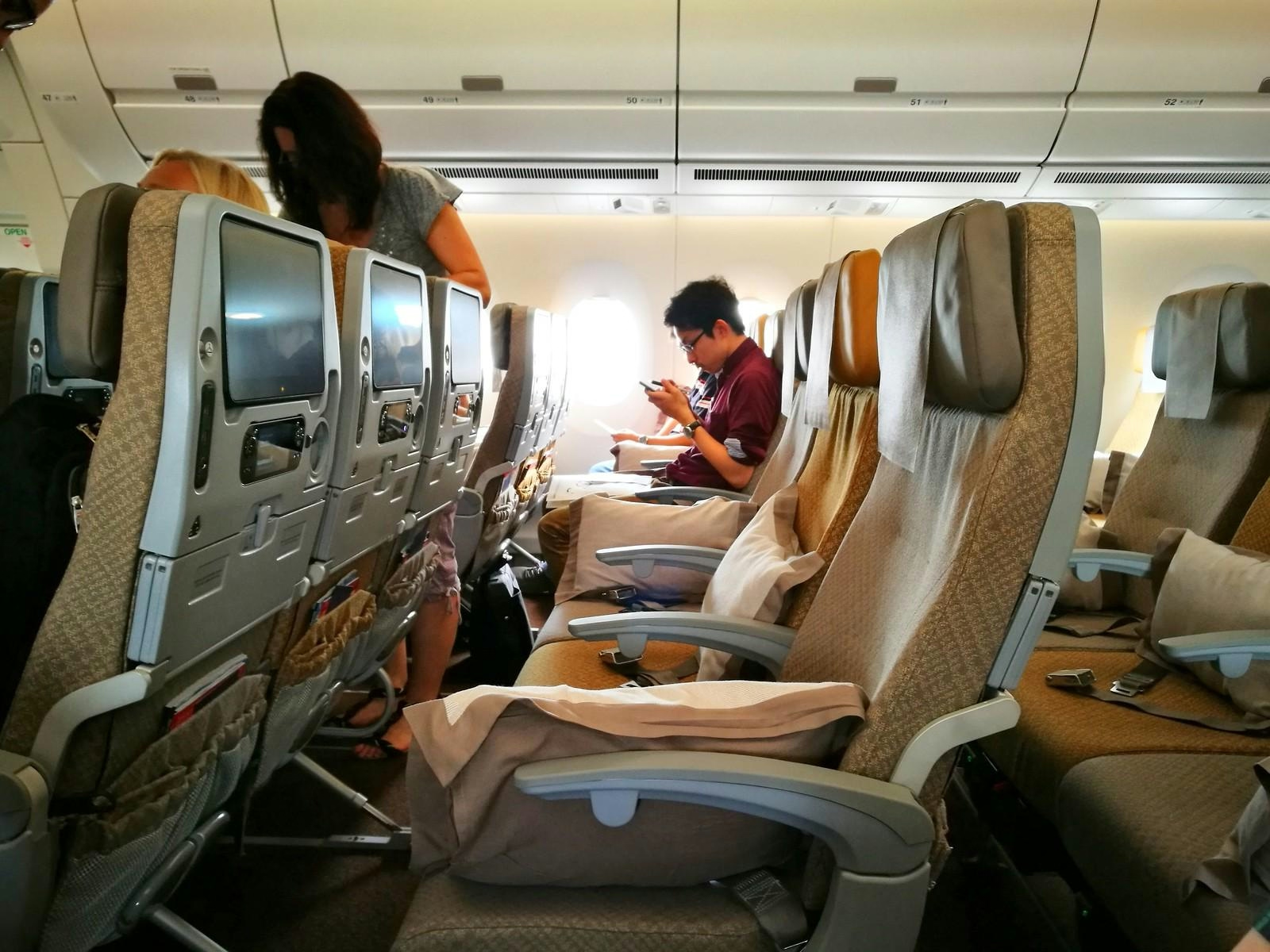
Why the Airbus A350’s Cabin Is Quieter Than Other Aircraft
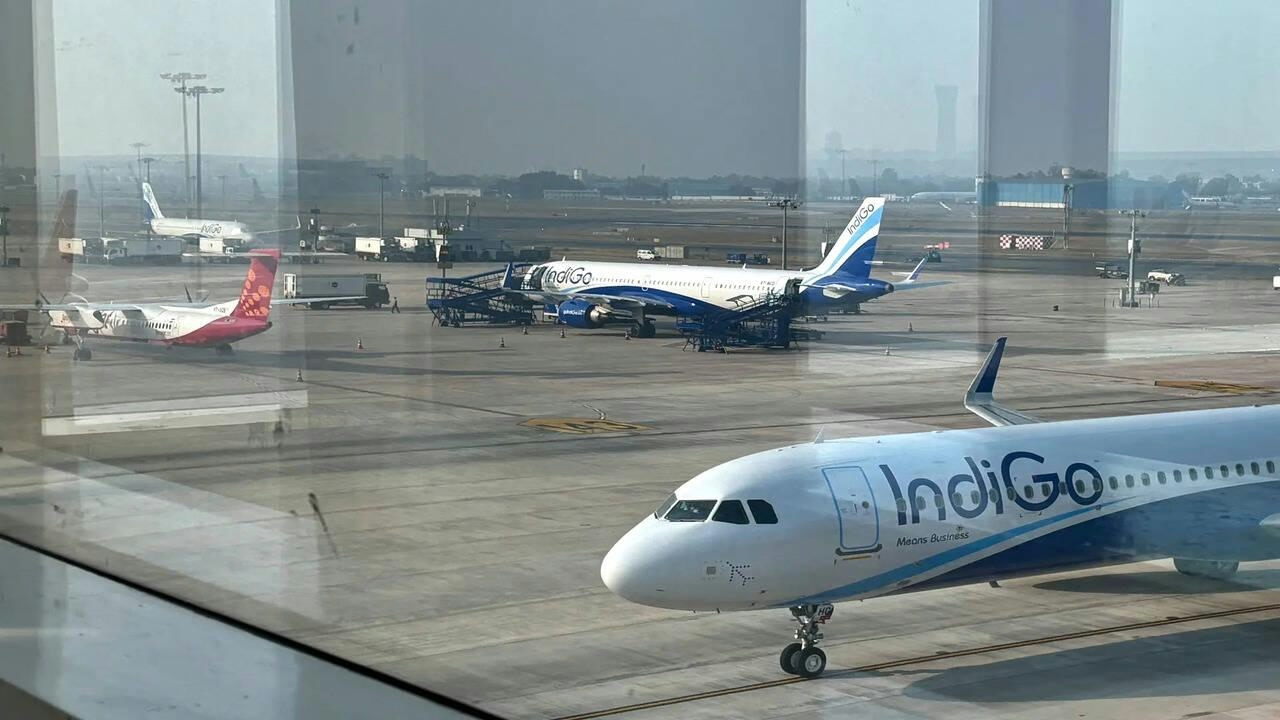
AI and AI Express Plan to Increase Capacity Amid IndiGo Flight Disruptions
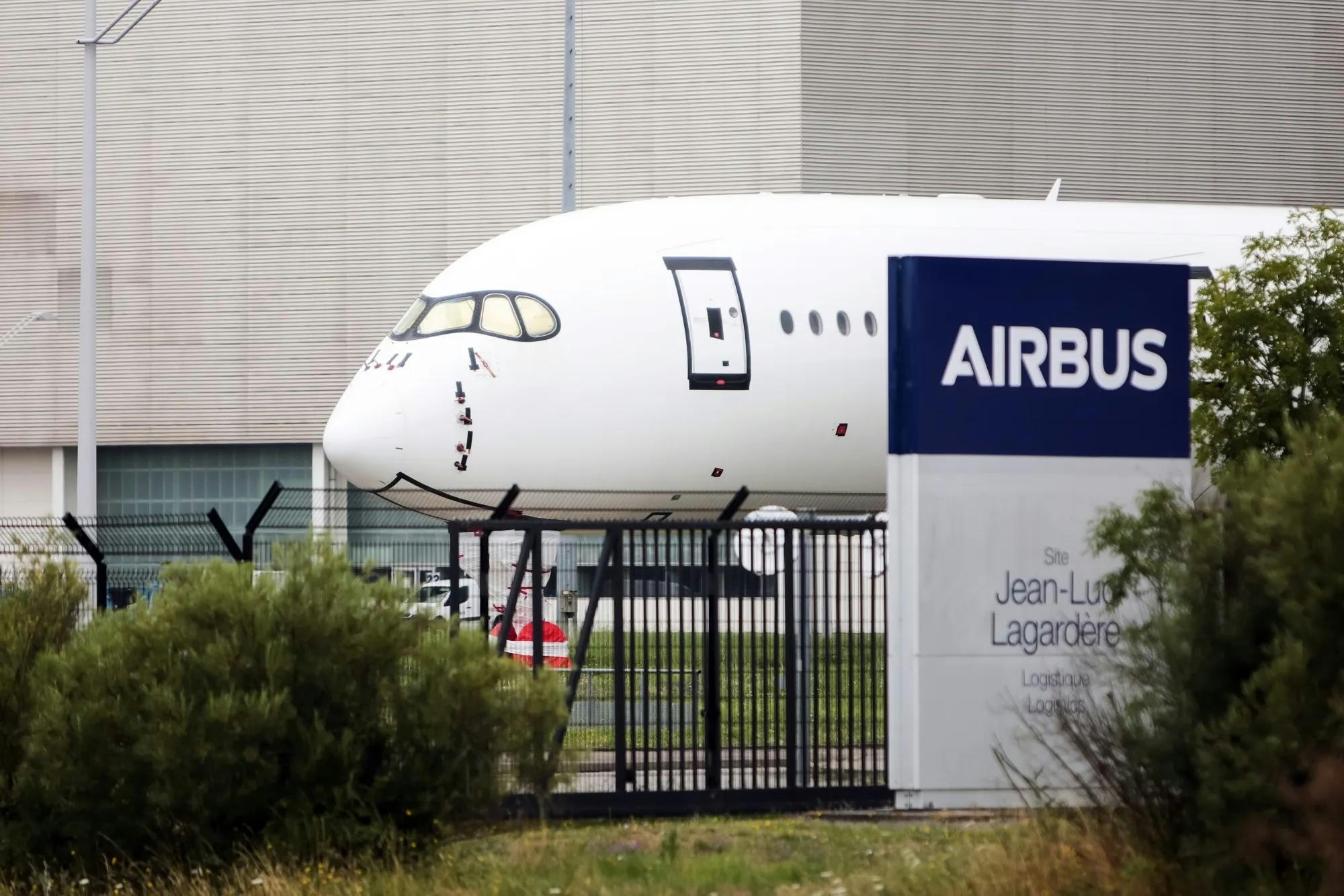
Kazakhstan and France Agree on Airbus Aircraft Deliveries
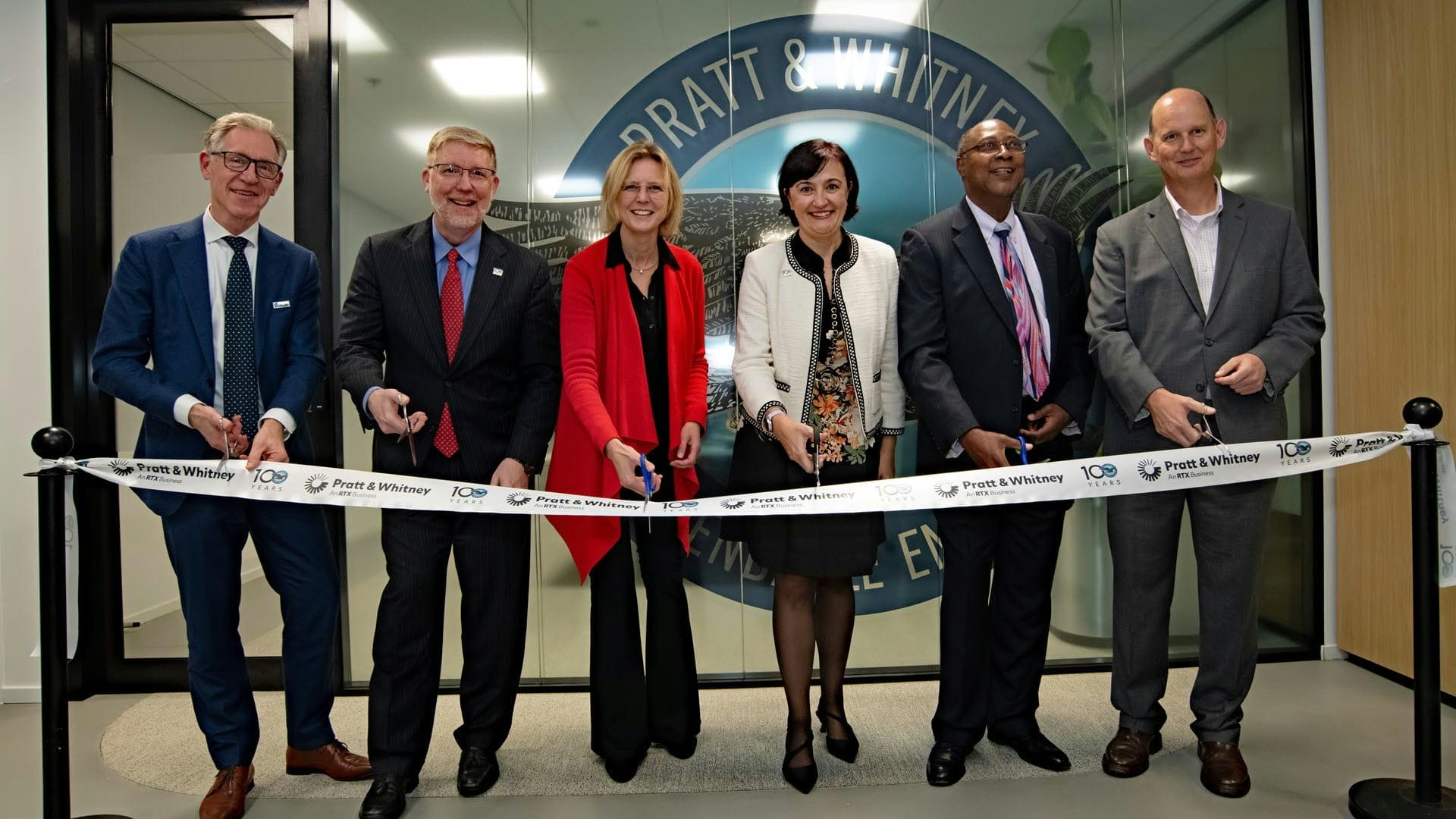
Europe’s Emerging Talent Drives Aviation Innovation
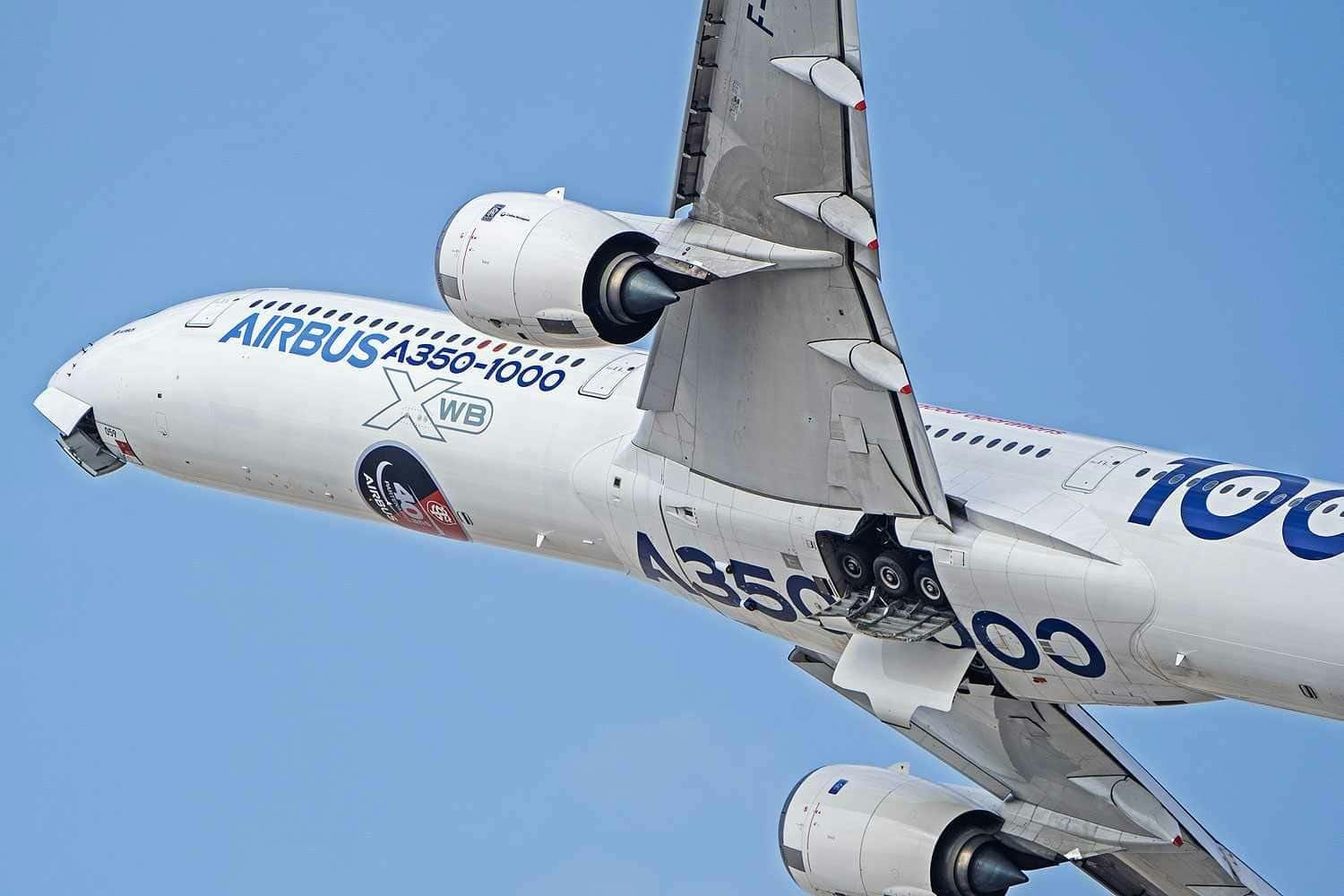
Airbus Receives New Order for A350-1000
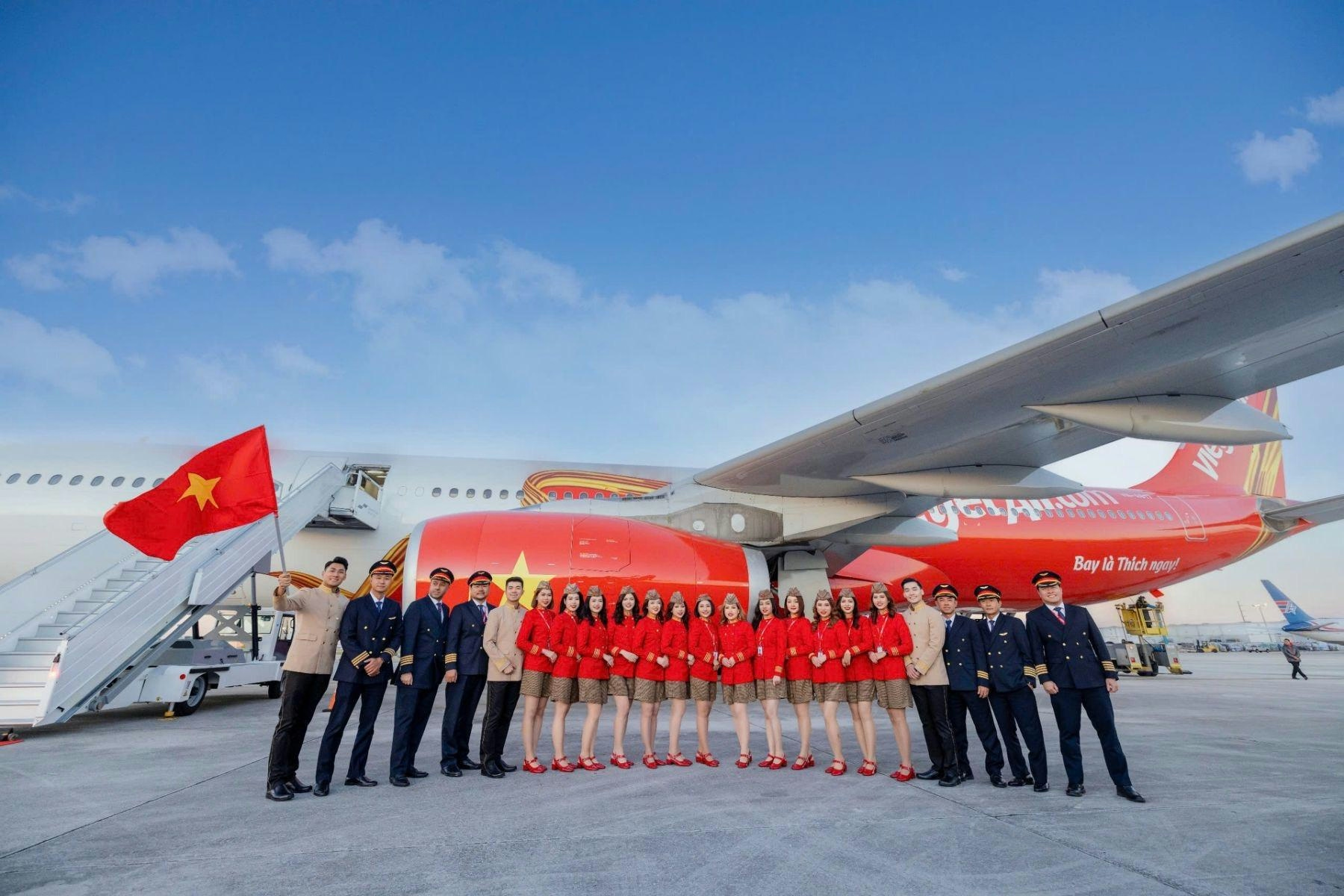
The Leading Widebody Aircraft in Service Today
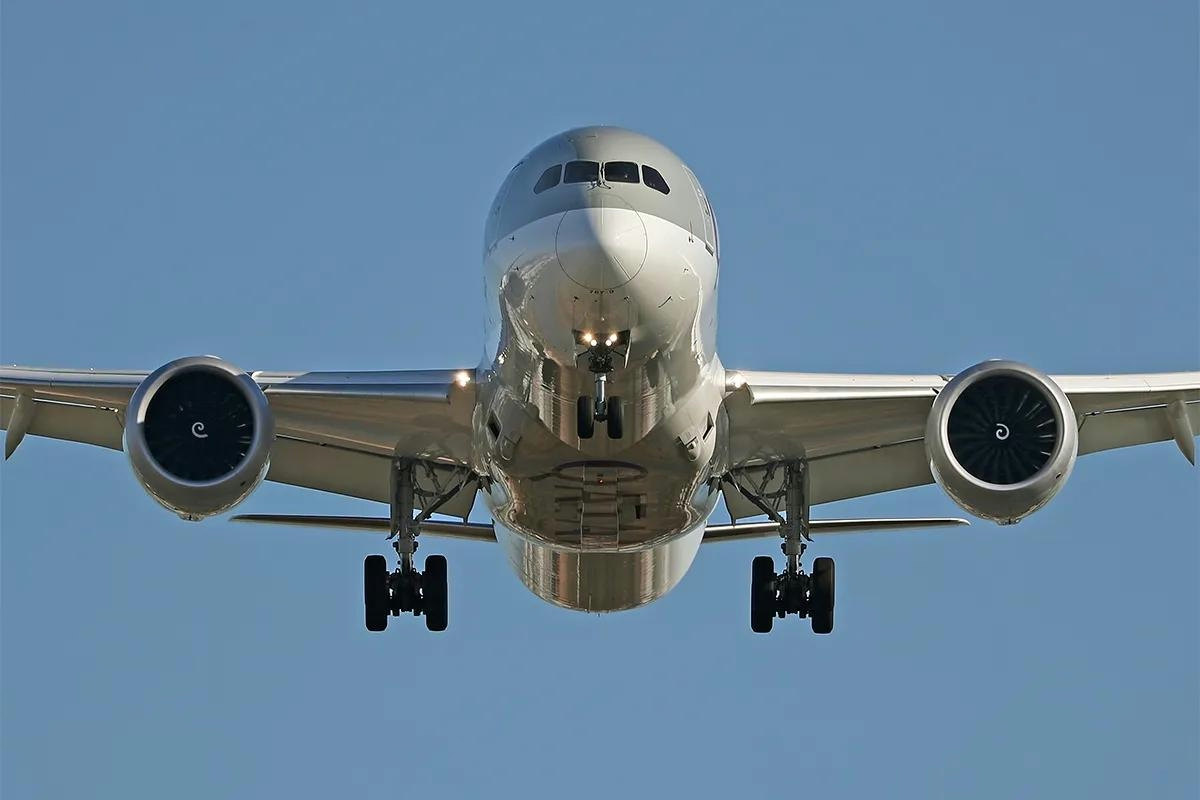
The Fastest Boeing Jet Currently in Service
